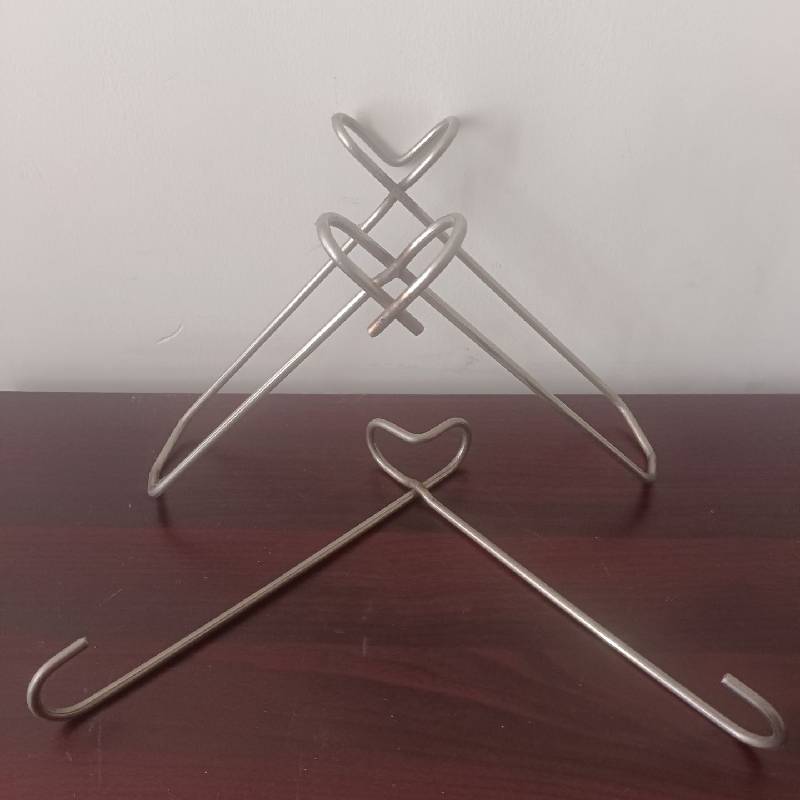
- Mobile Phone
- +8613931874955
- sales@cntcmetal.com
Design and Applications of Rectangular Compression Springs in Engineering Systems
Understanding Rectangular Compression Springs Design, Applications, and Benefits
Rectangular compression springs are a specialized type of spring widely used in various mechanical applications. Unlike traditional cylindrical springs, rectangular compression springs feature a flat design that enables them to excel in specific environments and requirements. This article aims to delve into their structure, advantages, applications, and factors to consider when choosing rectangular compression springs for your projects.
Design and Structure
Rectangular compression springs are characterized by their rectangular cross-section, which provides several design advantages. The flat profile allows for efficient space utilization in compact machinery and devices. Additionally, the rectangular shape can lead to a more consistent and stable force output as compared to their circular counterparts. These springs are made from high-quality materials, typically steel or stainless steel, ensuring durability and resilience under varying loads and stress conditions.
The manufacturing process of rectangular compression springs involves advanced methods such as wire forming and precision machining. This attention to detail during production ensures that every spring meets specific tolerances and performance requirements. Engineers often customize the dimensions, wire thickness, and overall spring length to meet the unique demands of different applications.
Applications
Rectangular compression springs find a variety of applications across diverse industries. In automotive engineering, they are often used in suspension systems and other mechanical assemblies where space is at a premium. In consumer electronics, these springs are utilized in devices such as smartphones and tablets, providing reliable force for buttons and other moving components.
rectangular compression spring

Moreover, rectangular compression springs are commonly employed in medical devices, where they play crucial roles in equipment such as insulin pumps and automated medication dispensers
. Their unique shape allows for the integration into compact designs without compromising on strength or performance. Additionally, in the manufacturing industry, these springs can be found in assembly lines, aiding in the automation of processes through efficient force management in machinery.Benefits
The distinct advantages of rectangular compression springs make them a preferred choice for many engineers and designers. One significant benefit is their ability to handle higher loads in confined spaces due to their optimized shape. This feature allows for better distribution of forces, resulting in improved performance and longevity of the spring.
Another advantage is their versatility; rectangular springs can easily be adapted for various uses, making them suitable for a wide range of applications. They also tend to exhibit less lateral movement when compressed, offering enhanced stability and control.
Considerations for Selection
When selecting rectangular compression springs, it's essential to consider several factors. These include the required load capacity, the specific application environment (such as exposure to chemicals or extreme temperatures), and the available space within the assembly. Additionally, understanding the cycle life and how frequently the spring will be used can help ensure that you choose a spring that meets your performance criteria while maximizing durability.
In conclusion, rectangular compression springs represent a vital component in modern engineering and manufacturing. Their unique design, coupled with their numerous advantages, makes them an ideal choice for various applications where space and efficiency are paramount. As technology continues to evolve, the role of these specialized springs will likely expand, driving innovations in design and functionality across multiple sectors.
share:
-
Your Source for Concrete Wall Ties and Masonry AccessoriesNewsJul.10,2025
-
Unlocking the Power of Iron Wire for Every ProjectNewsJul.10,2025
-
Explore Advanced Chain Wire and Stainless Steel Mesh FencingNewsJul.10,2025
-
Discover the Benefits of Annealed Wire ProductsNewsJul.10,2025
-
Discover China Stainless Steel Wire Mesh SolutionsNewsJul.10,2025
-
Build with Confidence Using High-Performance Masonry AccessoriesNewsJul.10,2025
-
Why Sacrificial Formwork Is Redefining Underground ConstructionNewsJun.06,2025



















